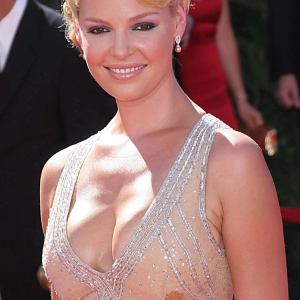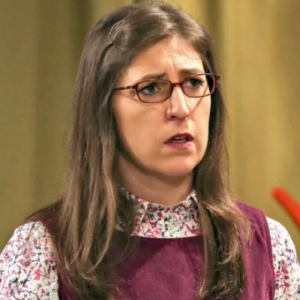Few performances in television history have had the lasting impact of Lynda Carter’s portrayal of Wonder Woman. From 1975 to 1979, Carter brought the beloved DC Comics character to life in a way that captivated audiences and redefined the superhero genre. Unlike previous action heroines, her Diana Prince was strong, compassionate, and inspiring, making her more than just a TV character—she became a symbol of empowerment for generations of fans.
Even decades later, Carter’s version of Wonder Woman remains the gold standard for superhero portrayals. Her grace, athleticism, and unwavering sense of justice set her apart, influencing not only future portrayals of the character but also shaping the way women were represented in action roles.
The Rise of Wonder Woman in the 1970s
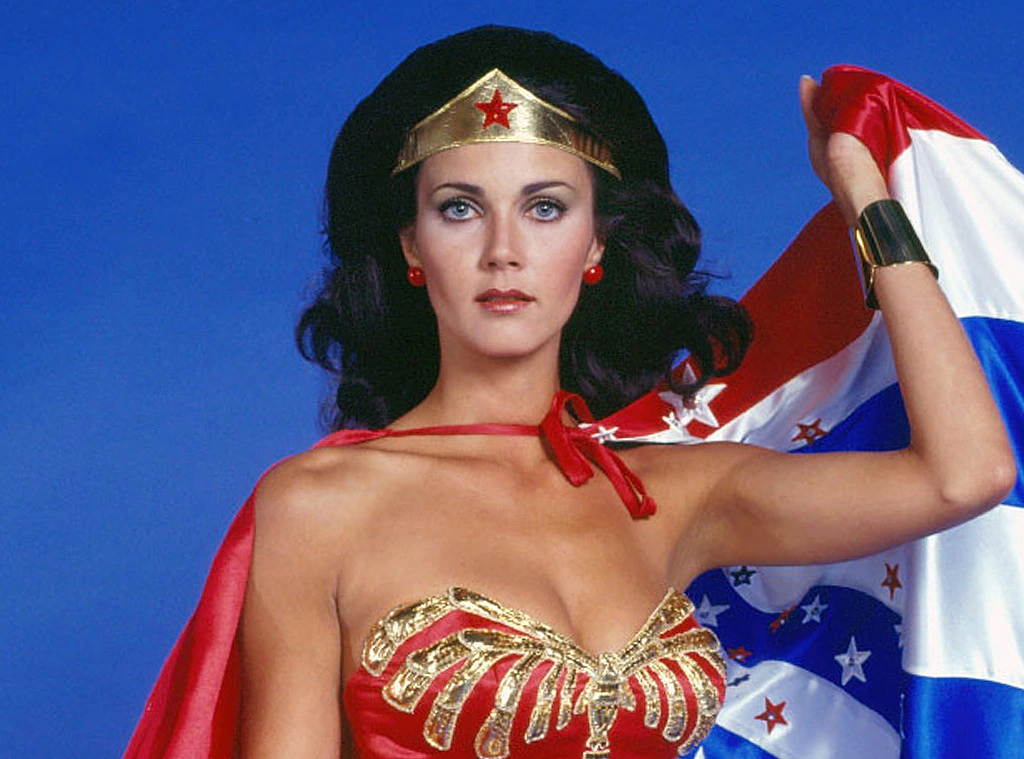
By the mid-1970s, superheroes were making their mark on television. Shows like Batman (1966) and The Six Million Dollar Man had paved the way for comic book characters to transition from the page to the screen. However, female superheroes were still rare.
Wonder Woman, who had first appeared in DC Comics in 1941, had long been one of the most iconic superheroes. But before Lynda Carter, she had never been fully realized in live-action form. That changed in 1975, when producers decided to give the Amazonian warrior princess her own television series.
Lynda Carter: The Perfect Wonder Woman
At the time of her casting, Lynda Carter was not yet a household name. A former Miss World USA winner, she was relatively new to Hollywood. But the moment she auditioned, it was clear—she was Wonder Woman.
What Made Lynda Carter Stand Out?
- Charisma & Natural Beauty – Carter’s radiant screen presence made her instantly captivating.
- Athleticism & Grace – She performed many of her own stunts, adding realism to Wonder Woman’s Amazonian strength.
- Compassion & Strength – Carter’s warmth and intelligence made her character both powerful and relatable.
Unlike some superheroes who rely on brooding personas, Carter’s Wonder Woman was optimistic and kind. She embodied wisdom, fairness, and strength, proving that a hero could be compassionate without being weak.
Wonder Woman: A Role Model for Women Everywhere
Lynda Carter’s Wonder Woman was more than an action star—she became a symbol of empowerment. Before her, most female characters in action television were either sidekicks or love interests. Carter changed the narrative by proving that a strong, independent woman could lead her own series.
Breaking Gender Barriers in Television
Before Wonder Woman:
- Female heroes were often supporting characters—never the main event.
- Superhero stories were male-dominated, with little representation for women.
After Wonder Woman:
- Carter’s portrayal proved that female superheroes could carry a show.
- She set the stage for strong female leads in series like Buffy the Vampire Slayer, Xena: Warrior Princess, and Supergirl.
- Her success challenged Hollywood’s stereotypes, showing that audiences wanted strong, capable women in action roles.
Inspiring Future Generations
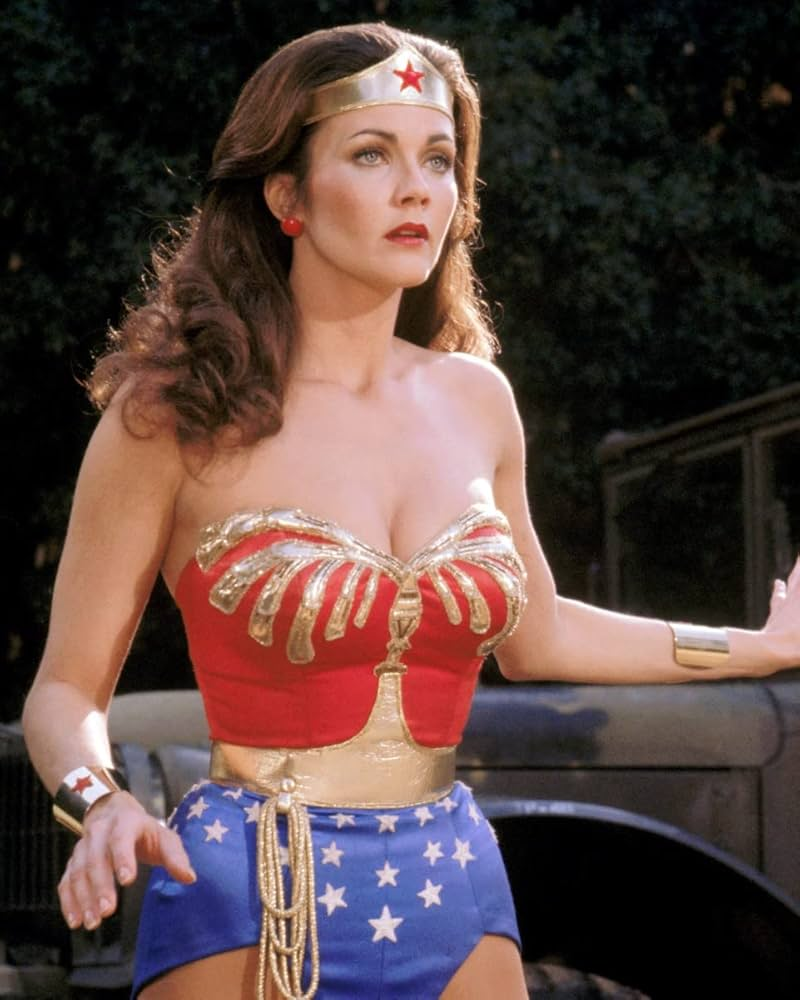
Many young girls who watched Lynda Carter’s Wonder Woman found inspiration in her strength, intelligence, and kindness. Unlike other superheroes who fought for revenge, Wonder Woman fought for justice, peace, and truth—a message that resonated far beyond the screen.
The Costume That Became a Pop Culture Icon
A superhero is only as recognizable as their costume, and Lynda Carter’s red, blue, and gold outfit remains one of the most famous in television history.
Elements of Her Iconic Look
- The Golden Tiara – A symbol of her royal heritage, doubling as a boomerang weapon.
- The Star-Spangled Suit – A patriotic nod to her mission to protect humanity.
- The Indestructible Bracelets – Used to deflect bullets, symbolizing her warrior spirit.
- The Lasso of Truth – A powerful tool that forced villains to reveal the truth.
This instantly recognizable costume cemented Wonder Woman as a cultural phenomenon, and variations of it continue to be worn by the character in comics and films today.
The Signature Spin: A Practical Transformation
One of the most beloved elements of the show was Diana Prince’s transformation into Wonder Woman. Unlike modern superhero films with CGI-heavy effects, Carter’s Wonder Woman used a simple yet effective spin transformation.
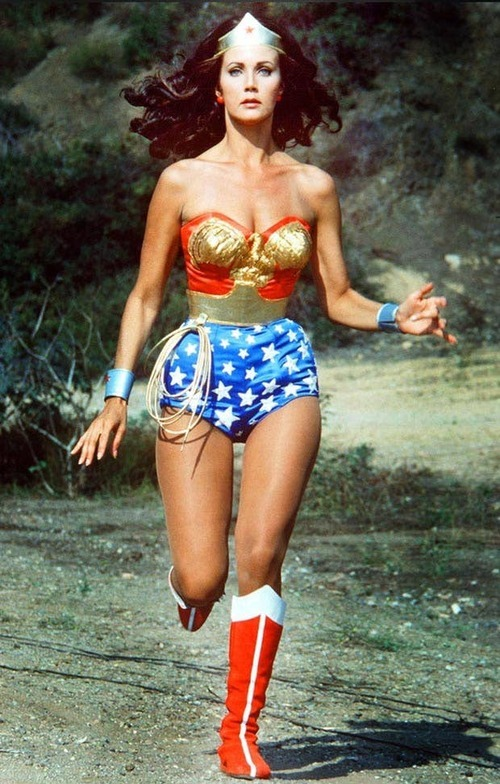
- With a dramatic twirl, Diana Prince would turn into Wonder Woman in a flash of light.
- This practical effect was easy to replicate, making it a fan-favorite moment.
- It became so iconic that even modern adaptations reference it.
The spin transformation became a defining pop culture moment, showing that sometimes, simplicity is the most memorable approach.
Lynda Carter’s Lasting Influence on Wonder Woman
Even after Wonder Woman ended in 1979, Lynda Carter’s influence on the character never faded.
Guest Appearances in the Modern Franchise
Decades later, when Wonder Woman returned to the big screen, Lynda Carter’s legacy remained strong. In Wonder Woman 1984, she made a special cameo, passing the torch to Gal Gadot, who plays the modern cinematic version of the character.
An Advocate for Female Superheroes
Carter has continued to be an outspoken advocate for female representation in superhero films. She often speaks about:
- The importance of strong female characters in Hollywood.
- Her pride in being part of a movement that empowered women.
- Her excitement in seeing new generations embrace Wonder Woman.
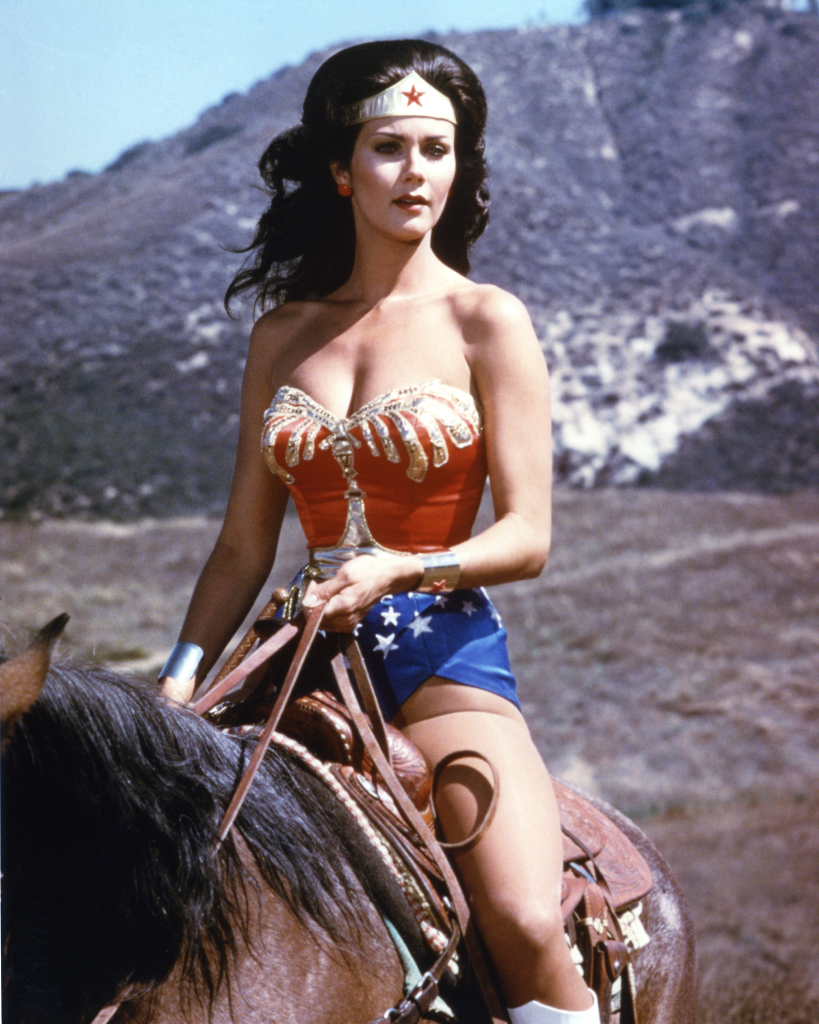
Even as superhero cinema has evolved, Lynda Carter remains the definitive Wonder Woman for many fans.
Conclusion: A Superheroine for the Ages
Lynda Carter’s portrayal of Wonder Woman was more than just a TV role—it was a movement. She empowered women, redefined superheroes, and left a legacy that continues to inspire new generations.
Her impact on pop culture is undeniable. Whether through her iconic costume, unforgettable transformation spin, or compassionate heroism, Carter’s Wonder Woman remains one of the most beloved superheroes in history.
Even in an era of big-budget superhero films, her portrayal proves that true heroes aren’t just about superpowers—they’re about heart, courage, and the willingness to fight for justice.
Lynda Carter was, is, and always will be Wonder Woman.
